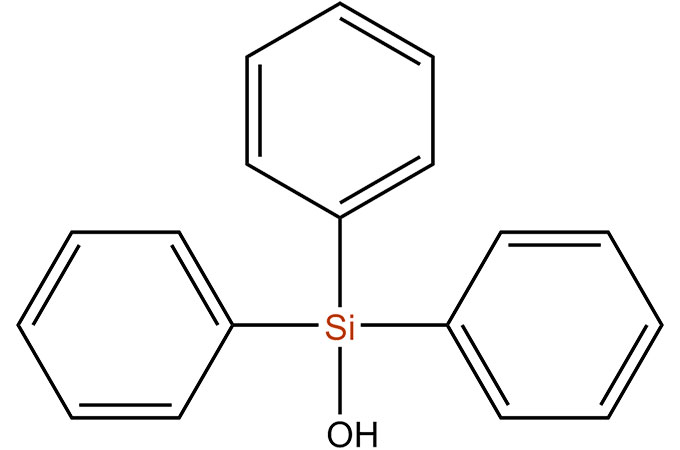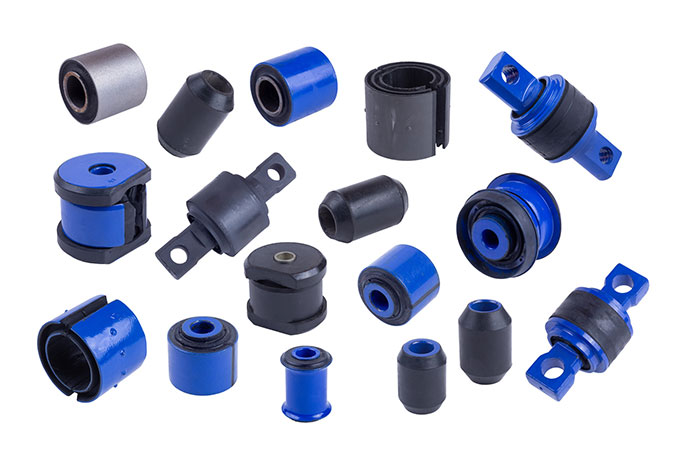1. Surface pretreatment method of silane coupling agent
Mix the silane coupling agent into a dilute solution with a concentration of 0.5 to 1%, and only need to apply a thin layer on the clean surface to be adhered during use, and the glue can be applied after drying. Most of the solvents used are water, alcohol or a mixture of water and alcohol, and water without fluoride ions and cheap and non-toxic ethanol and isopropanol are preferred.
Except aminohydrocarbyl silane, all solutions prepared by other silane coupling agents need to add acetic acid as a hydrolysis catalyst, and adjust the pH value to 3.5-5.5. Long-chain alkyl and phenyl silanes are not suitable for use in aqueous solutions due to their poor stability.
Chlorosilane and ethoxysilane are accompanied by serious condensation reactions during the hydrolysis process, and they are not suitable to be used as aqueous solutions or hydroalcoholic solutions, but are mostly used as alcoholic solutions. For silane coupling agent with poor water solubility, 0.1-0.2% (mass fraction) of non-ionic surfactants can be added first, and then water can be added to process them into aqueous emulsions for use.
2. Silane coupling agent migration method
The epoxy silane coupling agent is directly added to the adhesive component, and the general addition amount is 1 to 5% of the amount of the base resin. Relying on the diffusion of molecules after the glue is applied, the coupling agent molecules migrate to the bonding interface to produce coupling. For the adhesive that needs to be cured, it needs to be placed for a period of time after the glue is applied and then cured, so that the coupling agent can complete the migration process in order to obtain better results.
The use methods of silane coupling agent mainly include surface pretreatment method and direct addition method. The former is to treat the surface of the filler with a diluted coupling agent, and the latter is to add the original solution of the coupling agent when the resin and the filler are premixed.
 English
English 日本語
日本語 한국어
한국어 français
français Deutsch
Deutsch Español
Español italiano
italiano русский
русский português
português العربية
العربية tiếng việt
tiếng việt

